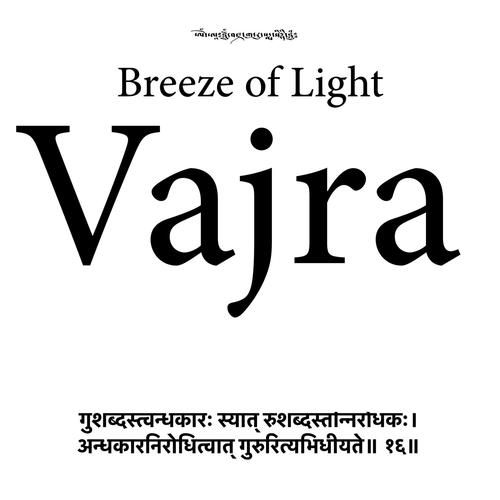Om Ah Hung Vajra Guru: A Deep Dive into Its Meaning and Significance
Om Ah Hung Vajra Guru is a powerful mantra that holds immense significance in Tibetan Buddhism. It is often chanted by practitioners to invoke the blessings and wisdom of the Vajra Guru, a central figure in the Nyingma tradition. This article delves into the meaning of Om Ah Hung Vajra Guru, its origins, and its profound impact on the lives of those who practice it.
What is Om Ah Hung Vajra Guru?
Om Ah Hung Vajra Guru is a mantra that consists of four syllables: Om, Ah, Hung, and Vajra Guru. Each syllable carries its own unique meaning and symbolism:

- Om: This syllable represents the universe and the ultimate reality. It is often chanted at the beginning of meditation sessions to purify the mind and create a sacred space.
- Ah: This syllable symbolizes the mind and its inherent wisdom. It is associated with the Buddha’s teachings and the realization of enlightenment.
- Hung: This syllable represents the Vajra, a symbol of indestructibility and the power to cut through ignorance. It signifies the practitioner’s determination to overcome obstacles and achieve enlightenment.
- Vajra Guru: This is the name of the central figure in the mantra. Vajra Guru is considered the embodiment of the Buddha’s wisdom and compassion. He is believed to bestow blessings and guidance to practitioners.
Together, these syllables form a powerful mantra that is believed to bring about transformation and enlightenment.
Origins of Om Ah Hung Vajra Guru
The origins of Om Ah Hung Vajra Guru can be traced back to the Nyingma tradition, one of the four main schools of Tibetan Buddhism. It is believed to have been revealed to Padmasambhava, the great Indian tantric master who brought Buddhism to Tibet in the 8th century.
According to tradition, Padmasambhava received the mantra from the dakini Yeshe Tsogyal, a female tantric adept. The mantra was then passed down through generations of Nyingma practitioners, becoming a central practice in the tradition.
Over time, Om Ah Hung Vajra Guru has spread to other Tibetan Buddhist schools and has become a popular mantra among practitioners worldwide.
Significance of Om Ah Hung Vajra Guru
Om Ah Hung Vajra Guru holds profound significance for Tibetan Buddhists and those who practice it. Here are some of the key aspects of its significance:
- Transformation: The mantra is believed to transform the practitioner’s mind and eliminate negative thoughts and emotions. It helps cultivate a peaceful and compassionate state of mind.
- Enlightenment: Om Ah Hung Vajra Guru is considered a powerful tool for achieving enlightenment. It helps practitioners realize their true nature and attain liberation from the cycle of samsara (the endless cycle of birth, death, and rebirth).
- Blessings: The mantra is believed to invoke the blessings of the Vajra Guru, who bestows wisdom, compassion, and protection upon practitioners.
- Community: Chanting Om Ah Hung Vajra Guru is often done in groups, fostering a sense of community and shared purpose among practitioners.
How to Practice Om Ah Hung Vajra Guru
Practicing Om Ah Hung Vajra Guru involves repeating the mantra either silently or aloud. Here are some guidelines for practicing the mantra:
- Find a Quiet Space: Choose a peaceful and quiet place to practice the mantra. This will help you focus your mind and create a sacred space.
- Set an Intention: Before beginning the practice, set an intention for what you wish to achieve through the mantra. This could be for personal growth, the well-being of others, or the benefit of all sentient beings.
- Chant the Mantra: Begin by silently repeating the mantra to yourself. You can also chant it aloud if you feel comfortable. Continue for as long as you wish, focusing on the sound and meaning of each syllable.
- Reflect on the Mantra: After completing the mantra, take a moment to reflect on its meaning and the experience of practicing it. This will



